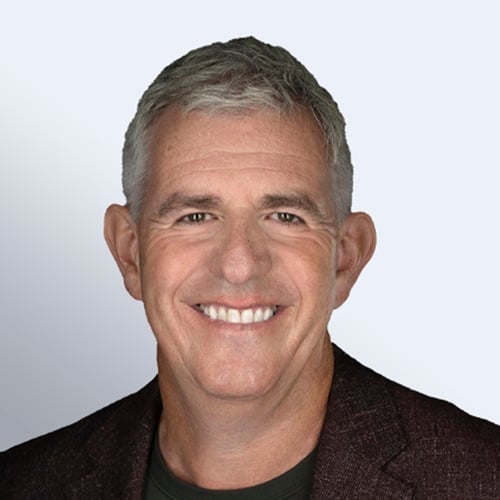
Is it wrong to plagiarize yourself? In 2008, Everest Group published a report entitled “Understanding the Waking Giant: The Mid-Market and FAO” highlighting how mid-market companies had turned the corner from point solutions in finance and accounting outsourcing (FAO) to adoption of more robust and integrated multi-process FAO solutions. In turning to HR outsourcing (HRO), the mid-market has traditionally been a big consumer of various point solutions including payroll, 401K administration, contingent labor, etc. But today we see clear evidence that mid-market companies have brought the same approach to their HR function, noticeably increasing their adoption of robust and integrated multi-process HR outsourcing (MPHRO) and Benefits Administration Outsourcing (BAO.) In fact, this client segment is quickly becoming the growth platform for many of the market leading HR service providers.
In our ongoing research into both the HRO and BAO spaces, the share of new contracts signed by mid-market companies (3,000-15,000 employees) continues to grow. In fact, mid-market MPHRO deals represented roughly 61 percent of all the deals inked in 2010. We saw the same upward tick in the BAO market, with 71 percent of all BAO deals involving mid-market clients. As a result, service providers are really taking notice and making moves specifically to target this growing opportunity.
What’s driving the mid-market in this direction? Take your pick of factors:
- By consolidating with fewer service providers, companies can reduce the cost of managing their HR processes and gain benefits from increased integration and analytics
- Regulatory changes affecting health and welfare (H&W) benefits are driving many companies to seek support in figuring out what needs to be done and how to do it
- HR technology isn’t a strategic investment area for most firms. Leveraging technology owned or developed by service providers is seen as a plus for both short- and long-term cost savings and business impact
- The choice of mid-market MPHRO and BAO solutions are more attractive now than ever before
Two important delivery model changes have also increased the appeal of MPHRO and BAO for mid-market companies. In both areas, use of global sourcing has gained traction. First, and not surprisingly, this has come at a time when mid-market companies continue to be under immense pressures to further reduce operating costs while simultaneously optimizing the overall effectiveness of their HR operations. Centralization and integration through offshore delivery centers align with such drivers.
Second, many service providers’ increasing focus around building leveraged and repeatable technology-driven components to their HR offerings, be it SaaS, Cloud, or platforms, is proving to be a justifiable investment. In 2010, about 70 percent of all new MPHRO deals signed involved some type of platform solution, and 71 percent of those involved mid-market buyers.
The strategy to focus on mid-market clients is paying off for some service providers. Three of Everest Group’s five MPHRO 2011 Star Performers – ADP, NorthgateArinso, and Infosys – drive significant portions of their MPHRO business from mid-market clients. Further, each of these providers grew their share of the overall MPHRO market in 2009-2010.
Both ADP and Mercer, major players in the MPHRO and BAO markets respectively, have successfully deployed mid-market strategies, although they are very different in nature. In fact, each firm, as we heard during their recent annual analyst events, continue to invest in sales programs, service offerings, and relationship models specifically targeting this growth opportunity. Mercer leveraged its acquisition of IPA to open doors with mid-market clients, and to align its delivery model with the specific needs of this segment. ADP, which has always had significant payroll offering success in the mid-market, has successfully expanded its footprint with some of these clients into the MPHRO space.
To successfully tap into this segment, HR service providers will need to be on top of the rapidly changing mid-market competitive landscape, delivery requirements, technology solutions, and sales engagement models. With all this going on, dare I say the mid-market will prove to be the “Waking Giant” for the evolving MPHRO and BAO markets?










